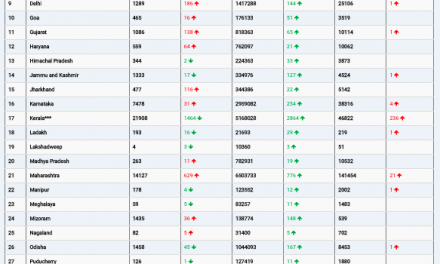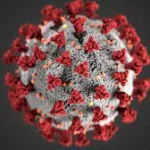Nairobi, Kenya – February 16, 2025 – Kenya has confirmed 41 cases of monkeypox (mpox) across 12 counties, with one fatality reported since the outbreak began in July 2024, according to a government official.
Mary Muthoni, Principal Secretary in the Ministry of Health, stated that a total of 271 contacts of the 41 cases have been identified, with half of the confirmed cases having a travel history to mpox-affected countries, including Uganda and Rwanda.
The Ministry of Health, in collaboration with county governments and partners, has ramped up surveillance efforts in all high-risk counties to curb the spread of the mpox virus, Muthoni said in a statement issued from Nairobi, Kenya’s capital.
“Rapid response teams have been deployed to conduct active case searches, contact tracing, and case management, including mental health and psychosocial support for those affected,” she said.
Additionally, the government has screened over 3.3 million travellers at entry points and tested 419 samples from suspected cases at the National Public Health Laboratory and partner laboratories. The Ministry of Health is also working closely with the Ministry of Education to implement infection prevention measures in learning institutions.
Muthoni also highlighted the emergence of other public health threats in the region. Rwanda announced the end of its Marburg virus outbreak in December 2024, initially declared in September, but a new Marburg virus outbreak was reported in Tanzania in January 2025, already claiming 10 lives, according to Xinhua news agency.
“Given our proximity and frequent cross-border movement, Kenya remains at high risk of importation, requiring urgent and coordinated action to mitigate the spread of these diseases,” Muthoni added.
She urged the public to remain vigilant and adhere to recommended public health guidelines, including routine hand hygiene practices such as regular handwashing and the use of alcohol-based sanitisers.
Disclaimer: This article is based on available government and health agency reports as of the publication date. Readers are advised to follow official sources for the latest updates and public health guidelines.











